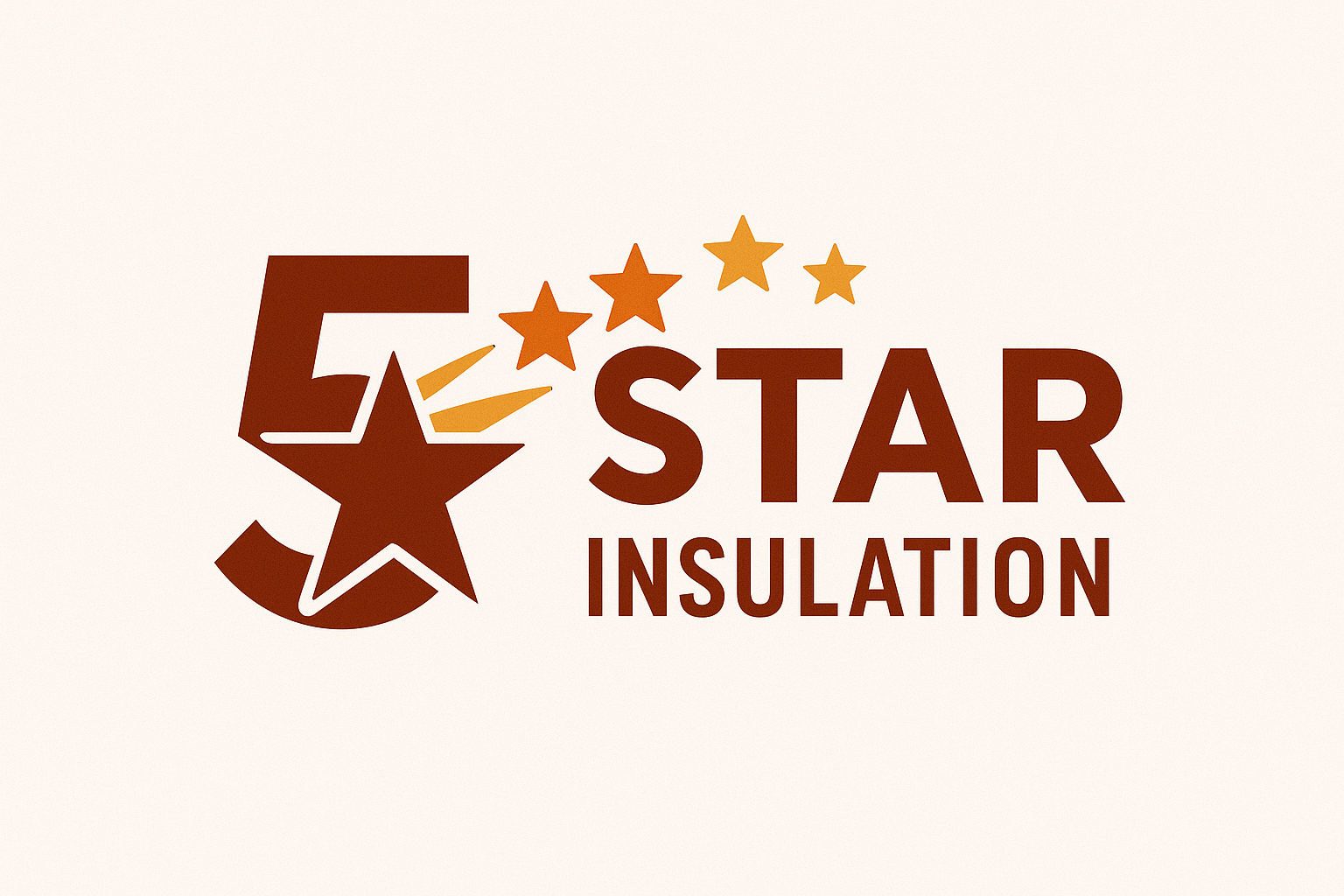Skip to the content
Pros:
- Cost-Effective:
- Vinyl-faced fiberglass is often a more affordable option than other types of insulation.
- Moisture Barrier:
- The vinyl facing acts as a vapor barrier, preventing moisture from entering the insulation and protecting against mold and mildew.
- Easier Installation:
- The facing provides a surface for easier handling and cutting, which can make the installation process quicker.
- Improved Aesthetics:
- The vinyl facing offers a clean, finished look, particularly in exposed applications like metal buildings.
CONS:
- Flammability:
- Unlike unfaced fiberglass, the vinyl facing is flammable and must be installed away from heat sources, posing a potential safety hazard.
- Limited Layering:
- The facing prevents layering, as placing another piece of faced insulation on top can trap moisture between the vapor barriers.
- Reduced Soundproofing:
- The vinyl facing can impede the sound-dampening qualities of the fiberglass material.
- Vulnerability to Damage:
- If the vinyl facing tears, the insulation’s moisture-blocking capability is compromised, which can lead to a reduced R-value.
